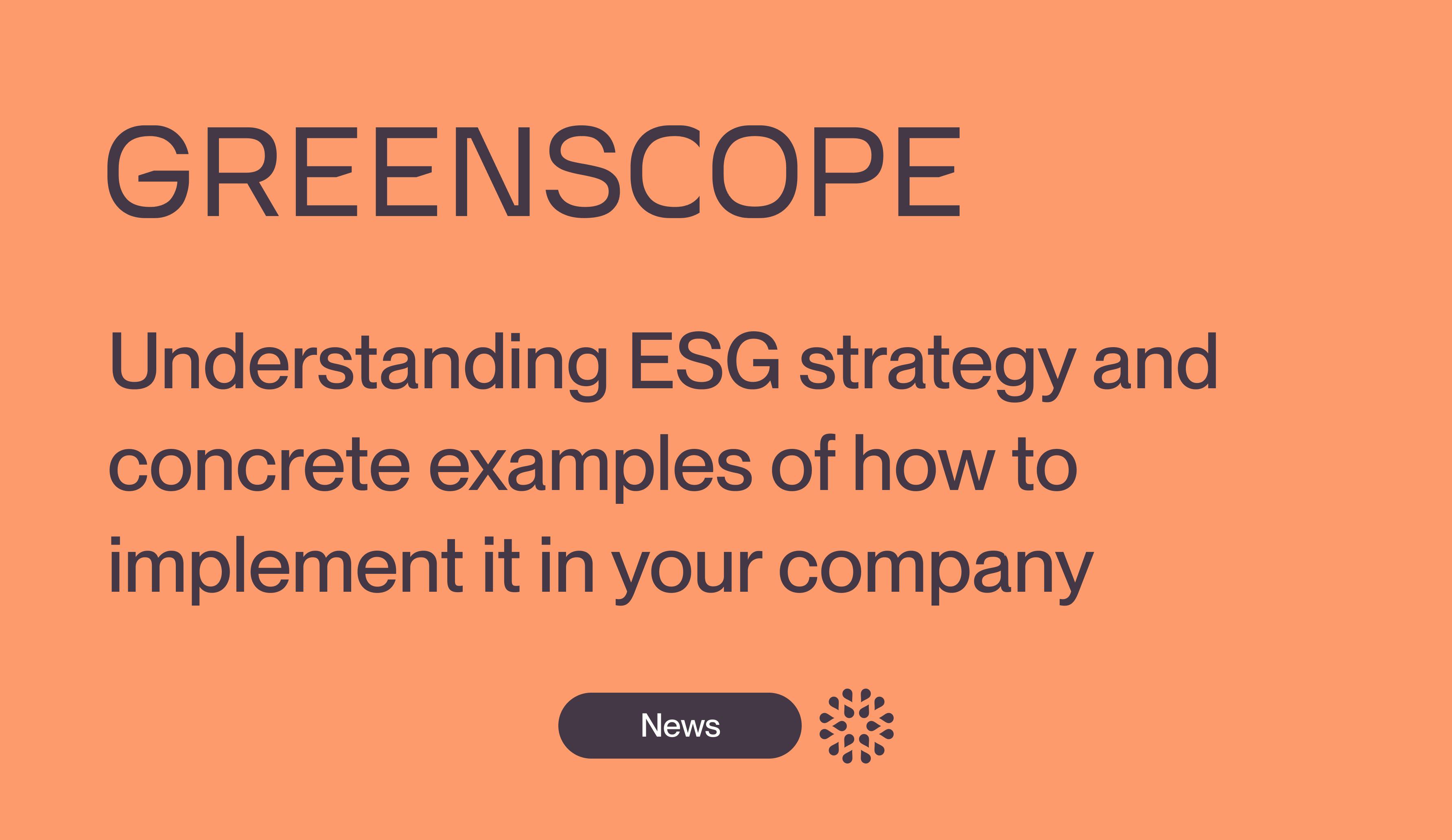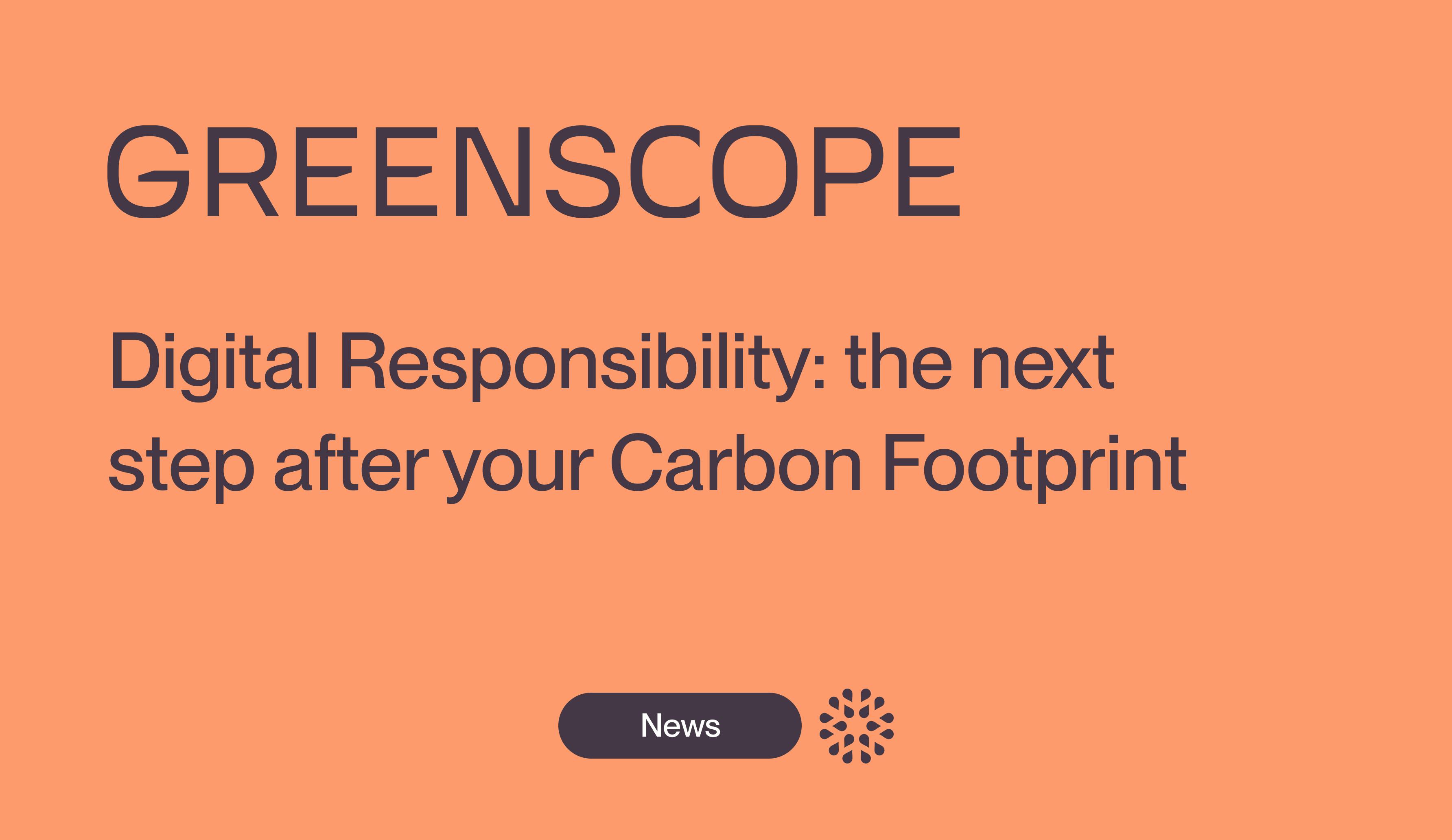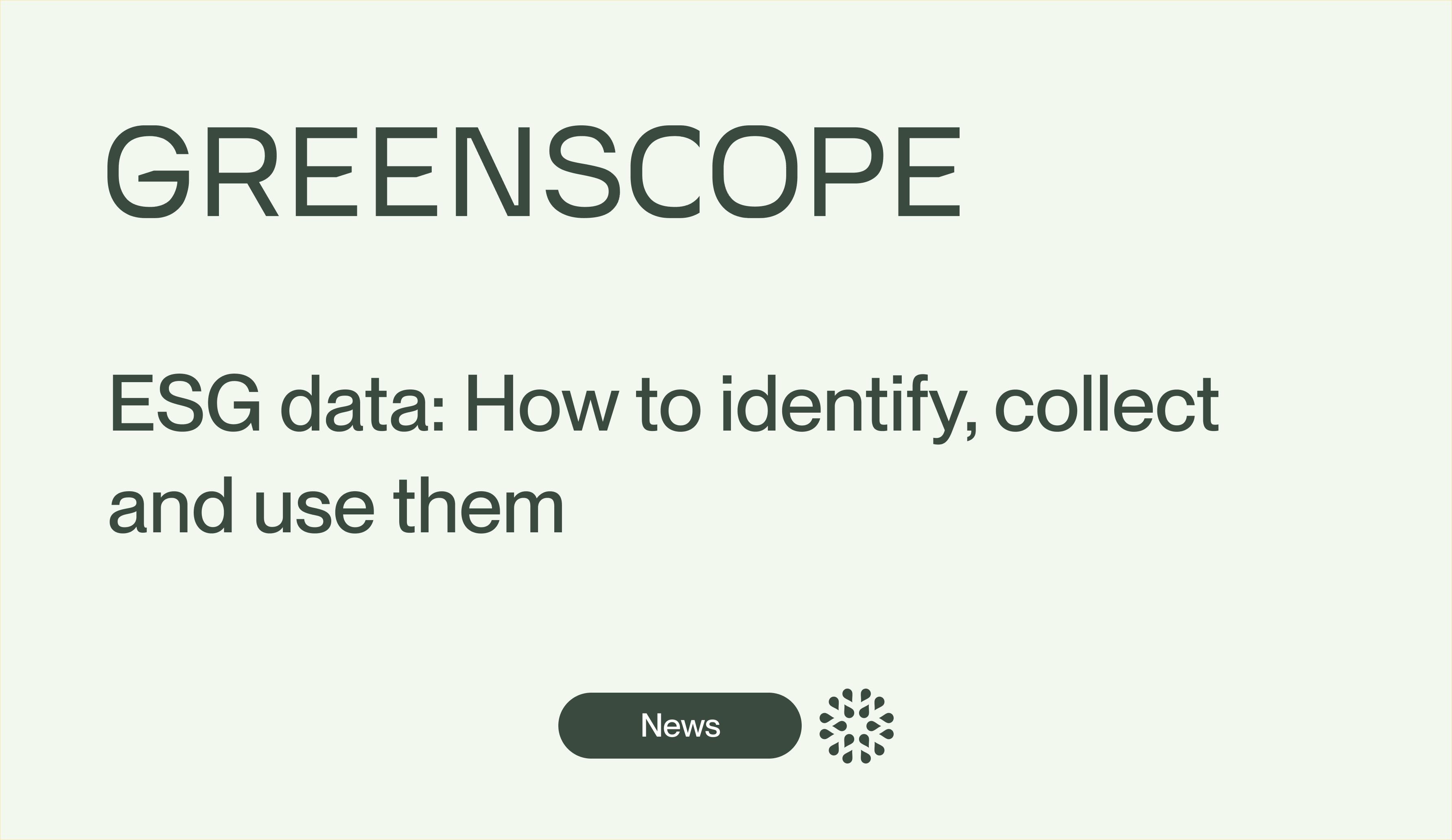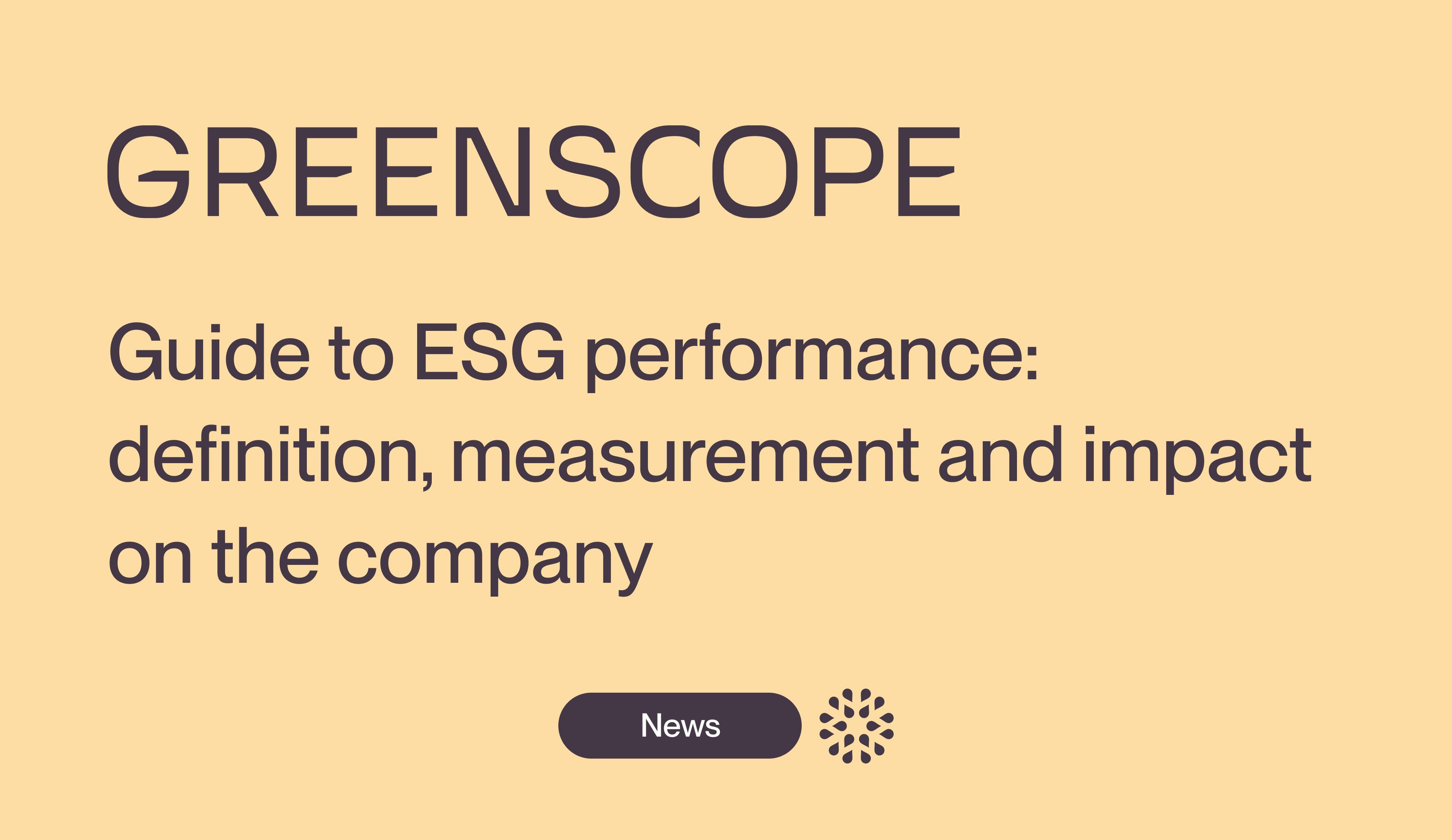Understanding the ESG strategy and concrete examples for implementing it in your business
Definition, benefits, key steps, and tools to structure an ESG strategy

The ESG strategy (Environmental, Social, and Governance) represents a key commitment to ensuring the sustainability and responsibility of a company's actions. By adopting a comprehensive and robust ESG approach, a company strengthens its resilience and anchors its development in a proactive dynamic of transparency, sustainable growth, and economic performance while fully assuming its societal role. But how can such a strategy be effectively structured?
What is the ESG strategy?
The ESG strategy is a structured action plan to integrate ESG criteria into the operations and decisions of an organization. It thus assesses the organization's impact and directs its actions and ESG practices accordingly.
ESG criteria
These are the elements considered during investor evaluation and are based on three pillars.
- The environmental criterion evaluates greenhouse gas emissions, impact on biodiversity, waste recycling rate
- The social criterion considers the number and duration of employee training, gender equality index, etc.
- The governance pillar is assessed based on actions taken against corruption, for the protection and facilitation of whistleblowers, etc.
These different criteria are the pillars on which the ESG strategy is structured. To learn more about these criteria, read our article on this topic.
Who is concerned and how?
All levels and sectors are concerned with the ESG strategy. First, the organizations that implement them, and must involve the organization's leaders, employees, and suppliers. The ESG strategy also involves investors and regulators, as well as, more broadly, the company's customers who also have an impact on the organization's ESG strategy and its implementation.
The main objectives of this strategy are numerous. There is the reduction of ESG risks, the improvement of the company's sustainable performance, as well as the compliance with regulations and investor expectations. This indeed conditions the organization's attractiveness to them. It is notable that nearly 60% of CAC 40 companies implement a sustainable development strategy.
Finally, it is important to emphasize the importance of a real strategic alignment with this ESG strategy. It must be integrated with the company's mission, vision, and values to ensure it is relevant and effective. Therefore, it should be well-structured and implemented within the company.
What are the benefits of an ESG strategy for a company?
Adopting an ESG strategy offers companies multiple advantages, both financially and reputationally. Here are illustrations of these benefits through concrete examples:
- Financial Advantages and Investment Opportunities: companies integrating ESG criteria into their strategy can access more attractive financing. For example, the rise of green bonds and sustainability-linked loans offers advantageous conditions to companies engaged in responsible practices. According to a PwC study, green, social, and sustainable bond issuances in Europe could reach 1.4 trillion euros by 2026, thus offering reduced-cost financing opportunities for companies aligned with ESG goals
For example, Tesla has captured investor interest by positioning itself as a leader in sustainable electric mobility. This strategic orientation towards environmentally friendly solutions has not only enhanced its reputation but also led to significant market capitalization, attracting substantial capital to support its growth. Or, for example, Enel, an Italian energy company, has implemented a strategy focused on renewable energy and sustainability. This direction allowed it to reduce its carbon footprint and attract significant investments, thereby strengthening its market position
- Improvement of reputation and brand image: ESG commitment can enhance customer loyalty and attract new consumers sensitive to environmental and social issues. Unilever, thanks to its sustainable brands like Dove or Ben & Jerry's, found that these grew 69% faster than the rest of its portfolio, proving that sustainability is a real growth driver. Moreover, Unilever has implemented its "Plan for a Sustainable Living" aimed at decoupling the company's growth from its environmental impact. This initiative not only improved brand perception among consumers but also led to the company's sustainable growth
- Risk reduction and regulatory compliance: Companies adopting a proactive ESG strategy are better prepared to comply with ever-evolving regulations, thus reducing legal and financial risks. For example, private equity firms are increasingly incorporating ESG criteria into their investment decisions to mitigate risks and create value. A PwC study reveals that 56% of investors have stopped a transaction at least once in the past 12 months for ESG-related reasons, highlighting the importance of compliance with ESG criteria to avoid potential risks. For example, Nestlé faced several controversies related to environmental and governance practices, particularly concerning the management of its mineral water sources. These incidents highlighted the importance of rigorous management of ethical risks and regulatory compliance to preserve the company's reputation and financial performance
- Cost optimization and efficiency improvement: IKEA has implemented initiatives to reduce its energy consumption by investing in renewable energies, aiming to reduce its energy consumption in stores and distribution centers by 80% by 2030 compared to 2016 levels. This approach allows the company to achieve significant savings while reinforcing its commitment to sustainable development. Additionally, its initiatives to optimize the supply chain have helped limit costs related to raw materials and transportation, thus improving its overall profitability
How to implement an ESG strategy in a company?
It is essential to plan this strategy so that it is effective, sustainable, and aligned with the company's vision and goals.
Identify stakeholders
It is necessary to determine who will be involved in implementing the ESG strategy:
- Internal stakeholders: The management team, shareholders, consumers, and employees must align with the ESG goals. The success of the strategy depends on the involvement of each actor in a project where they play a clear role. It's crucial to ensure a collective and sustainable approach
- External stakeholders: It is also essential to consult with investors, clients, regulators, and local communities. These external players have a direct influence on the ESG strategy and the organization's perception. The goal is to design a strategy that meets market expectations and trends
Assess the issues
The company must identify priority ESG issues based on its industry, business model, and geographic location. This thorough assessment allows defining the specific areas to address. It is crucial to prioritize the most relevant topics for the company and its stakeholders, whether they are environmental, social, or governance issues.
Establish goals
To set measurable and achievable goals, it is useful to use sectoral references or benchmarks. The company should self-assess the themes it wishes to address.
To guarantee effective progress, it is recommended to set goals at different time horizons (short, medium, and long term) and ensure they are measurable and verifiable.
Choose the Standards to comply with
To structure its ESG strategy and ensure its value, ESG reporting frameworks exist:
- Global Reporting Initiative
- Sustainability Accounting Standards Board (SASB)
- Sustainable Finance Disclosure Regulation
- Corporate Sustainability Reporting Directive
Each framework meets different and specific expectations. Therefore, one must choose the one that best corresponds to the nature of the company, its activities, and stakeholder expectations.
Collect data
Data collection is a key step in evaluating ESG performance and tracking progress. This phase involves identifying the right indicators, centralizing relevant information, and ensuring its reliability.
To facilitate this process, specialized ESG software exists, which we detail in a dedicated article.
Produce ESG reports
Reporting on your ESG strategy should be clear, precise, and accessible. It must comply with the selected reporting standards and allow stakeholders to understand the actions taken, the results achieved, and the challenges to be addressed. To learn more about ESG reporting, feel free to read our article on this topic.
Moreover, these reports must be audited through an internal or external audit (for CSRD, for example). To learn more, visit our article on the topic of ESG audit.
Analyze and communicate
Analyzing the collected ESG data is essential to measure the gaps from set objectives and adjust the strategy accordingly. This continuous evaluation allows improving practices and optimizing ESG impact.
It is also crucial to communicate regularly and transparently about the company's ESG progress. Beyond sustainability reports, other channels can be utilized: press releases, investor meetings, or social media posts. Clear and authentic communication enhances stakeholder trust and values the company's ESG commitments.
Should one seek advice to develop their ESG strategy?
Implementing an effective ESG strategy requires in-depth expertise in regulation, reporting, and stakeholder engagement. Calling on specialized advisors can thus be a major asset in structuring and optimizing this approach.
External support allows identifying the specific challenges of the company, assessing the risks and opportunities, and ensuring compliance with existing standards and regulations (CSRD, SFDR, GRI, etc.). ESG experts also provide methodological tools to collect and analyze data, define relevant objectives, and develop a coherent action plan.
Moreover, external advice facilitates communication and transparency with investors, clients, and regulators.
For more information on ESG advisory support, an article on this topic is available on our site.
Do you want to structure your ESG strategy? Discover our resources and expert advice to guide you at every stage. Contact us today to build an effective and sustainable ESG strategy!
Our latest articles

Responsible Digital: the next step after your Carbon Footprint assessment
Understand the importance of implementing a responsible digital approach after completing your carbon footprint assessment

CSR News - April 2025
Discover the key developments: ongoing projects, standards updates, new official documents.

ESG Data: How to identify, collect, and use them
Learn how to structure your ESG data to better drive your commitments and enhance your sustainable performance

Guide on ESG performance: definition, measurement, and impact on business
ESG performance, a driving force for responsible growth: follow our guide to understand everything in just a few minutes



